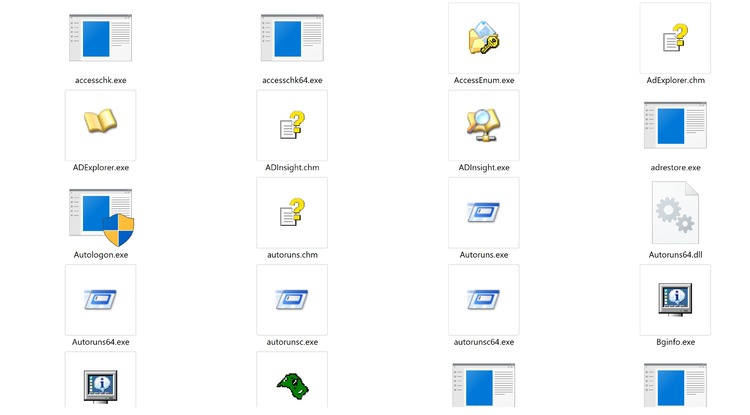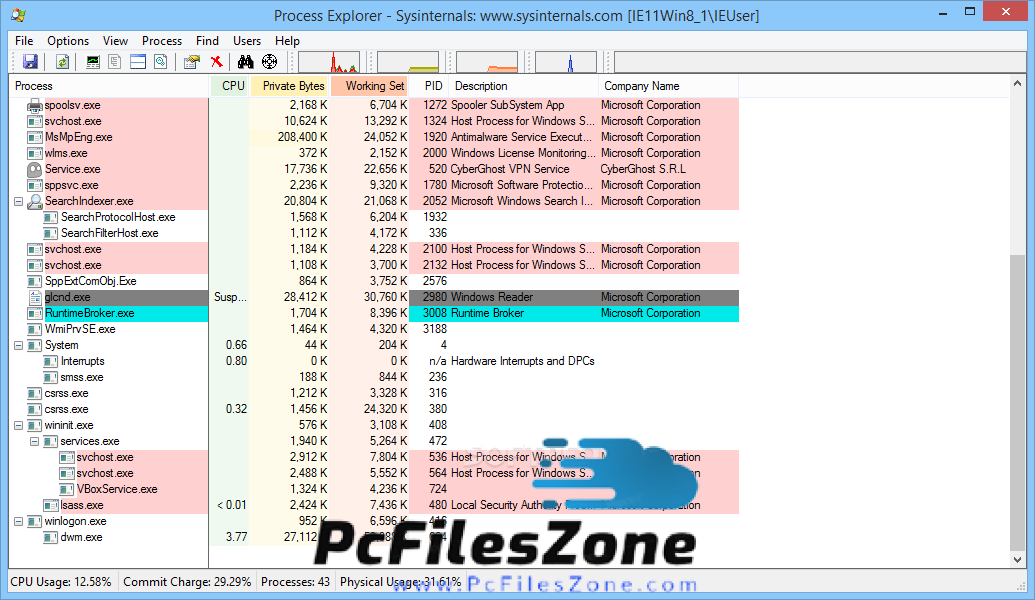

This was just a brief hint at the capabilities of one of the tools in the Sysinternals Suite.

There are other advanced features such as displaying the threads allocated to each process, the amount of processing and memory consumption of each, the stack of calling Windows system methods, and many other things that are mostly used by Windows experts and developers. This was just one of the applications of this tool. In this case, using this tool, you can easily close or release the child process to continue the installation activity. In many cases, due to the blocked access process to the child process, the parent process is also on standby. Sometimes large installation files such as games, Visual Studio, Office, and… in the middle of the work hang badly. For example, for the Chrome browser, each tab is considered a separate process, the program displays all the chrome-related processes in a tree view in parent and child mode. Here you can see the consumption resources of each process including memory, processor, network (download/upload), and… Processes are displayed in groups. This tool has several options for forced stopping or so-called Kill processes, which is not the same in the Windows Task Manager.

The capabilities that the default Windows Task Manager gives you are not even 10% of the capabilities of this program. Sysinternals Suite is a set of useful and efficient tools for configuring, optimizing, testing, identifying, and troubleshooting Windows operating systems. This program provides useful tools in its collection for almost any subject and issue in Windows. For example, there is a small tool for managing startup programs by which you can remove unused programs from the startup process. We have a very convenient and professional ProcessExplorer tool that can literally dissect running processes.


 0 kommentar(er)
0 kommentar(er)
